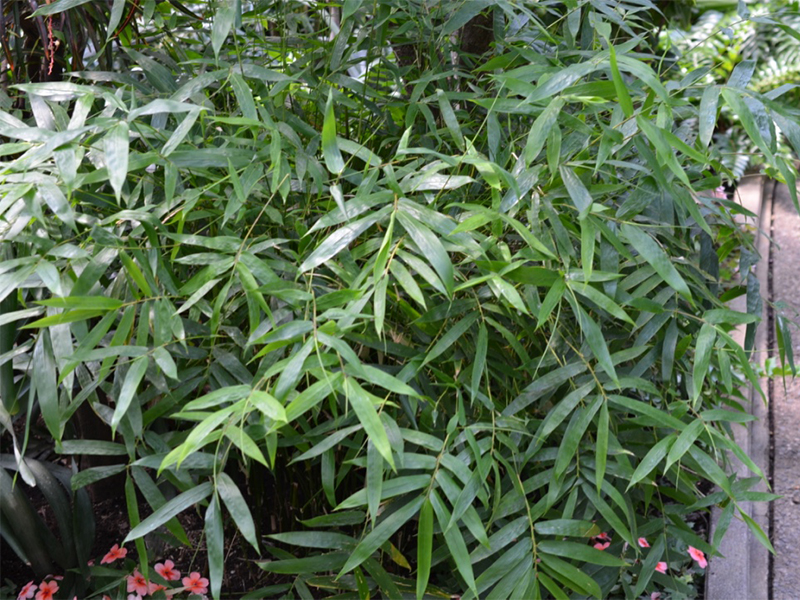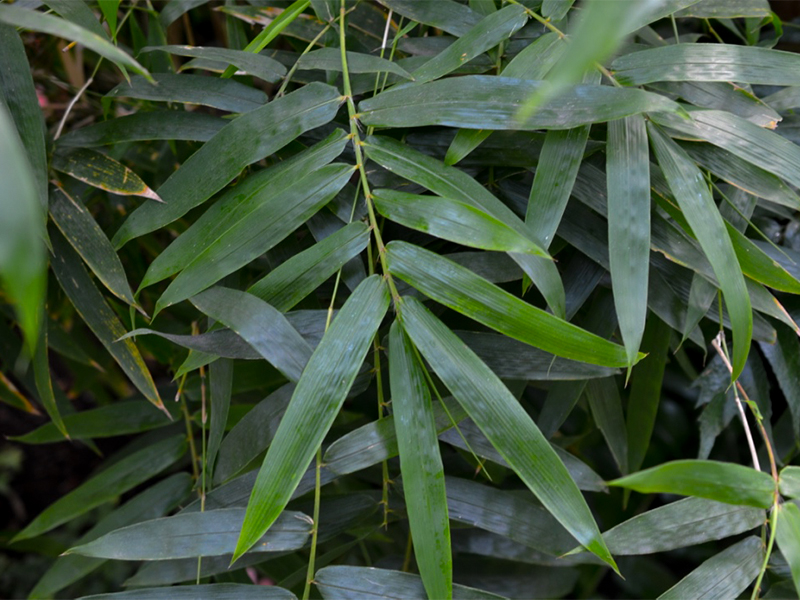
Tropicals > Phyllostachys > Phyllostachys bissetii > Phyllostachys bissetii
Phyllostachys bissetii
Asian Bamboo, Phyllostachys
Origin: Central and Southern China, Southern Asia and the Himalayas.
| Family |
| Poaceae |
| Genus |
| Phyllostachys |
| Species |
| bissetii |
| Category |
| Tropicals |
| Type |
| Shrub (evergreen) |
| USDA Hardiness Zone |
| 7 - 10 |
| Canadian Hardiness Zone |
| Requires cold season protection under glass. |
| RHS Hardiness Zone |
| H2 - H5 |
| Temperature (°C) |
| -15 - 5 |
| Temperature (°F) |
| 5 - 41 |
| Height |
| Up to 30 m |
Photographs
Description and Growing Information
Flowering Period
| General Description |
| Genus of about 50 species of Asian bamboo in the grass family. |
| Landscape |
| Cultivated as ornamental plants, though can become invasive in gardens unless artificially restricted or growing in containers. Can also be used as bonsai. |
| Growth |
| Fast |
| Bark/Stem Description |
| The stem has a prominent sulcus that runs along the length of each segment. Due to this, it is one of the most easily identifiable genera of bamboo. |
| Leaf Description |
| Long and stiletto shaped. |
| Colour Description |
| Stem and leaves range from bright green to deep green. |
| Texture Description |
| Both stem and leaves are smooth. |
| Notable Specimens |
| Centennial Conservatory, Thunder Bay, Ontario, Canada. |
| Propagation |
| By rhizome cuttings. |
| Ethnobotanical Uses (Disclaimer) |
| Can be used as construction timber and for making furniture. |

